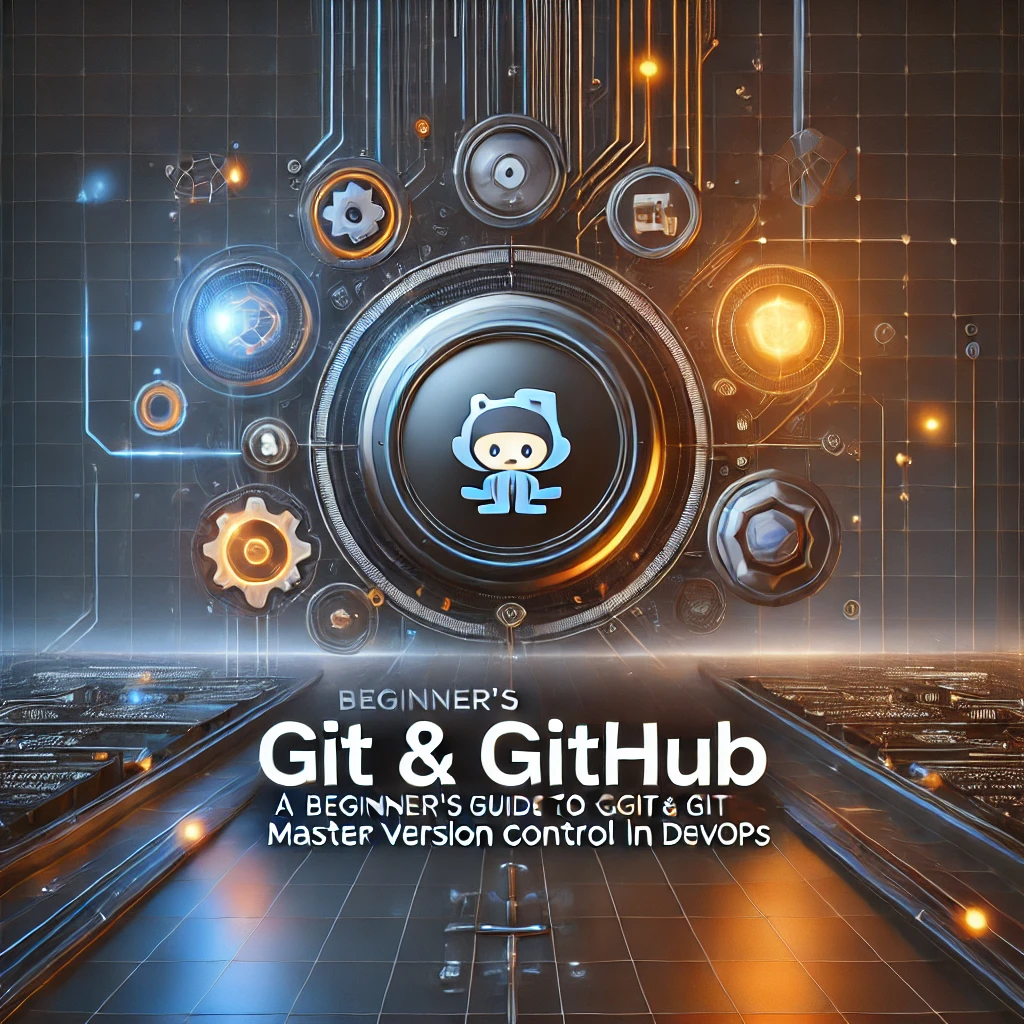Day 5: Git and GitHub for DevOps Beginners: Push, Pull, Collaborate
 ByteMotive
ByteMotive
Welcome to Day 5 of my 90 Days of DevOps journey! After exploring Kubernetes add-ons on Day 4, I’m shifting gears to a must-know DevOps skill: version control with Git and GitHub. If you’re new to DevOps, Git is your foundation for tracking code changes, while GitHub supercharges collaboration. Today, I’ll walk you through pushing code to repositories, pulling updates, and collaborating like a pro—all tailored for beginners. Whether you’re managing Kubernetes YAMLs or CI/CD scripts, these skills are essential. Let’s dive into this hands-on guide and level up your DevOps toolkit!
Why Git and GitHub Are DevOps Game-Changers
Git is the backbone of version control, letting you track every change in your projects. GitHub takes it further by hosting your repositories online, enabling team collaboration. In DevOps, this duo ensures smooth workflows—think updating a Docker file or syncing a team’s Kubernetes configs. For beginners, mastering Git commands and GitHub basics unlocks the power of automation and teamwork. Today, I’ll focus on three key actions: pushing, pulling, and collaborating.
Step-by-Step: Pushing Code to GitHub
Pushing code means sending your local changes to a remote GitHub repository. Here’s how I did it:
Initialize a Repo:
git init my-devops-project.Add a File: Created a
README.md, thengit add ..Commit Changes:
git commit -m "Initial commit".Link to GitHub: Created a repo on GitHub, then ran
git remote add origin <URL>.Push It:
git push origin main.
Pro tip: If it’s your first push, use git push -u origin main to set the upstream branch. I pushed a simple “Hello, DevOps!” README—success!
Pulling Updates Like A Pro
Pulling fetches changes from GitHub to your local machine. I tested this by:
Editing my GitHub README online (added a line).
Running
git pull origin mainlocally.Watching the update sync seamlessly.
This is crucial in DevOps for staying aligned with team changes—like pulling a new Kubernetes manifest. Beginners, beware: resolve conflicts if your local files differ!
Collaborating with GitHub: Branches and Pull Requests
Collaboration is where GitHub shines. I practiced this:
Created a Branch:
git branch feature/updateandgit checkout feature/update.Made Changes: Added a header to
README.mdthengit push origin feature/update.Opened a Pull Request: On GitHub, I submitted a PR to merge into
main.Merged It: Approved my own PR (team simulation!).
This workflow mimics DevOps teamwork—safe changes in branches, reviewed via PRs.
My Day 5 Challenge
I challenged myself to create two branches (feature/header, feature/footer), edit README.md in both, and merge them into main. A conflict arose, but I resolved it by editing the file and committing. Result? A polished README and a confidence boost.
Conclusion:
Day 5 of 90 Days of DevOps taught me Git and GitHub essentials—pushing, pulling, and collaborating. These skills are steppingstones to CI/CD and Kubernetes mastery in Phase 2. Tomorrow, I’ll tackle more foundational tools—stay tuned!
Subscribe to my newsletter
Read articles from ByteMotive directly inside your inbox. Subscribe to the newsletter, and don't miss out.
Written by
